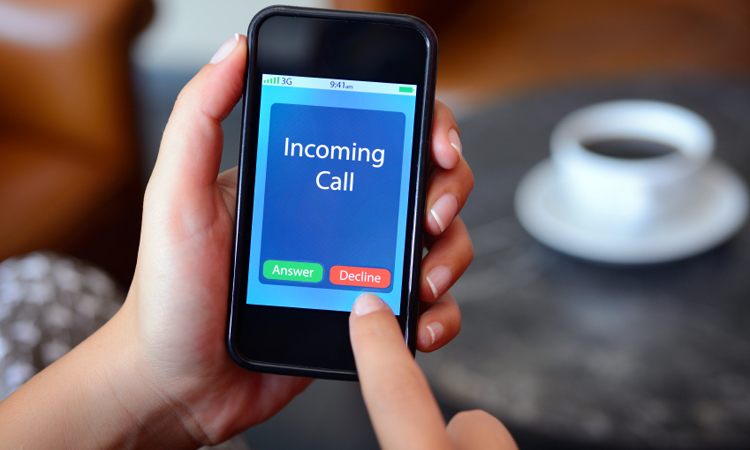
In the good old days, the best way to reach someone was to call a landline and leave a voicemail on the person’s answering machine. Often, your call wouldn’t be returned for hours, even days. Today, of course, waiting that long for someone to get back to you is unimaginable. Newer technology—primarily texting and emailing—has made it possible to reach people anywhere, anytime. And because we can send a message right now, we expect a response……well, right now. The etiquette has changed for communication in the digital world.
Immediacy in responding to emails and texts has become its own form of social science. People weigh the merits of the message, time of day, relationship to the sender, and whether the light will turn green before pecking a response. In turn, the sender waits and draws his or her own conclusions: the recipient must be with someone else, at the gym, delayed in traffic, and so on.
But what I’m noticing these days is a different trend: not responding at all.
No surprise. We’re tired of the deluge of emails that come via four different sites and texts that remind us of bills we’ve already paid and flights that will be delayed. “Enough!” we shout, and our retort is to simply tune out. We let the phone buzz, ring, and ping. While once it was unthinkable to be unconnected, today we assume everyone is connected and therefore will be there when we’re good and ready to reply.
Responding has become optional, if not passé.
But not responding at all for no good reason or cherry-picking to whom and when you’ll reply can be confusing and even offensive to the person attempting to reach you. Intentions are misunderstood; opportunities are missed. You probably wouldn’t sit in silence if someone asked you a question in person or over the phone, and the same courtesy should apply when it’s delivered in a little white digital box. I’m not suggesting that every email or text be treated with white gloves or that the cyber-stalker shouldn’t be ignored. But most communications of a personal nature (sans advertisements) are from friends, family, and co-workers who sincerely wish to reach us.
Much has been written about the impact of being constantly plugged in and the anxiousness that arises when we feel overwhelmed with unreturned emails and texts. Here are a few common-sense suggestions for how to triage your inbox and remain connected to those who matter most.
- Practice the “Golden Rule.” Probably the easiest and simplest way to decide when you should reply is to treat the other person the way you would want him or her to treat you. An occasional lapse in responding is probably not going to ruin a friendship or stifle a work project. We’ve all had batteries die when we were about to push SEND. But just as you would uphold your part of the conversation over dinner, make sure those on the other end know you are alive and still on the line.
- Be clear; the recipient is not a mind reader. If it’s important that you receive a response to your email or text by a certain time or you need someone’s approval before you can move ahead, speak up. One of the reasons people have stopped responding to most emails is that they think of them as “FYI-only” rather than something they need to act upon. Or it’s not clear, so they let it pass. Don’t make your reader wonder about the next step. A simple “What do you think?” or “Can we proceed?” will suffice.
- Take the tough stuff offline. It’s tempting to want to distance yourself from bad news by sending it online, but it’s not a good idea. Inevitable disagreements, sensitive topics, hirings and firings, and negotiations are best handled in person or over the phone. Too much can be misinterpreted or muddled when you are trying to say what you need to say without the personal touch of your voice. People want to hear you directly and be able to discuss the issue without fear of being misunderstood or ignored.
- Recognize that your peeps have patterns. Just like the good old days, you already know the majority of people who reach out to you or you’ve personally given them your contact information to do so. And you probably know whether they will respond within seconds, hours, or days. Some people, for example, limit their personal online time to early morning hours and avoid all pings and dings during the day. Others keep their phones on the nightstand and can’t make it through a meal without checking in. Knowing when your peeps normally respond helps manage your expectations (and possible disappointment levels) and allows for the ebb and flow of a natural conversation.
Communicating in the digital age certainly has its advantages. We learn more, do more, and create more. Just don’t forget that behind those texts and emails is a real person trying to reach you. And while we cannot see them eye to eye or hear their voice, responding in a timely manner will go a long way to keeping the relationship on good terms.
Click here to get inspired by Rose’s easy steps to positively change your mind


